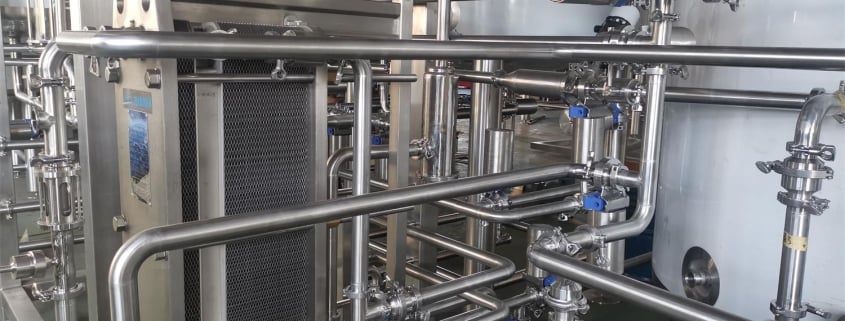Why Stainless Steel Brewing Tanks Are Essential for Quality Beer Production
What Are Stainless Steel Brewing Tanks?
If you’ve ever taken a brewery tour or even peeked into a homebrewer’s garage, you’ve probably seen those tall, gleaming vessels that seem to hum with purpose. Those are stainless steel brewing tanks, and they are the heart of any brewing operation. But what exactly are they?
Stainless steel brewing tanks are specialized containers made from food-grade stainless steel, primarily used for the fermentation, storage, and conditioning of beer. They’re engineered to handle temperature shifts, pressure build-ups, and chemical reactions involved in the brewing process. From mash tuns and brew kettles to fermenters and bright tanks, each type plays a unique role in crafting the final pint you enjoy.
What sets these tanks apart isn’t just their sleek aesthetic; it’s their durability, resistance to corrosion, and ease of cleaning—all essential for maintaining beer quality and safety.
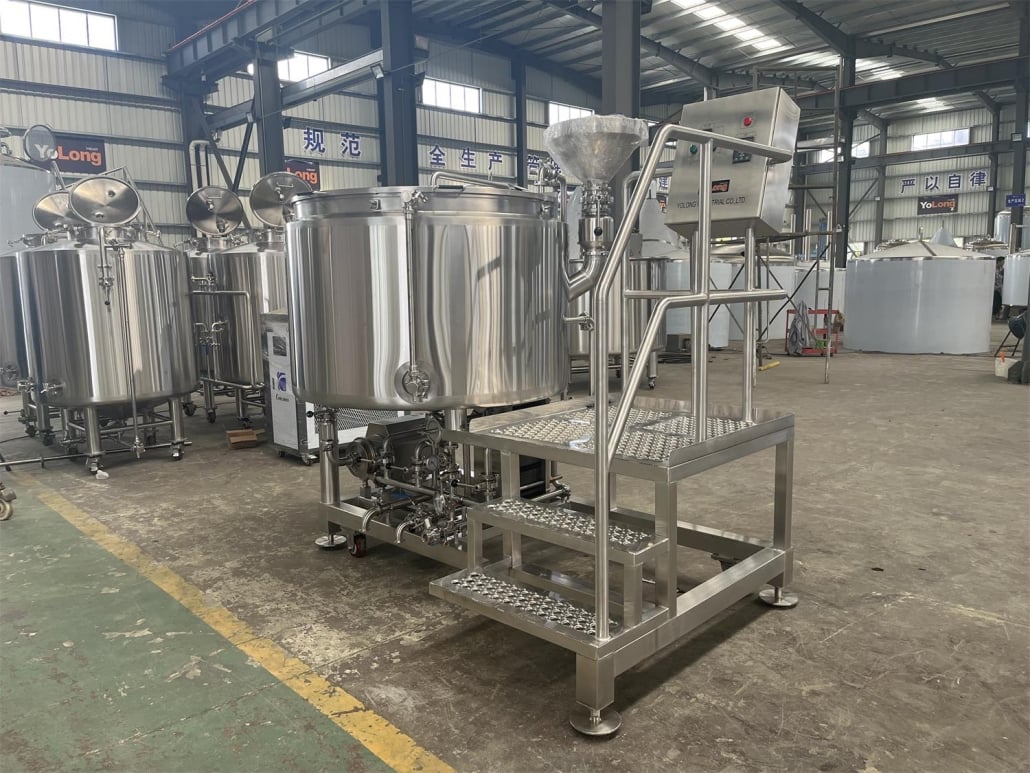
Why Use Stainless Steel for Brewing?
Great question! Why has stainless steel become the go-to material for brewers, both amateur and professional? Let’s dive into that.
First off, stainless steel is highly resistant to corrosion. When you’re dealing with the acidic environment of brewing (think hops, yeast, and fermentation byproducts), other metals can break down or leach into your brew. Not cool. Stainless steel, on the other hand, stays inert and maintains the purity of the beer.
Then there’s the ease of cleaning. Any brewer will tell you that sanitation is king. Stainless steel surfaces can be sanitized easily and thoroughly, which is essential to avoid contamination that could spoil an entire batch.
Also, stainless steel has a long lifespan. It might cost more upfront, but it pays off in durability. It’s like buying a reliable pickup truck versus a scooter—you’ll go further, carry more, and not worry about it falling apart.
Last but not least, it looks professional. There’s a reason breweries put their shiny tanks on display—they scream quality, modernity, and trust.
Types of Brewing Tanks
Let’s break it down—brewing isn’t a one-and-done process. Different stages call for different tanks, each designed for a specific function. Here are the major types of stainless steel brewing tanks you’ll encounter:
Mash Tun: This is where it all begins. Crushed grains and hot water mix to convert starches into fermentable sugars. A false bottom helps separate the liquid wort from the grain.
Lauter Tun: Similar to a mash tun but optimized for wort separation. Some systems combine mash and lauter in one vessel.
Brew Kettle / Boil Kettle: Once you’ve got the sugary liquid (wort), it’s boiled here to sterilize and concentrate it. Hops are added during this stage.
Whirlpool Tank: After boiling, the wort is spun to separate out solids—think of it like a high-speed tea steep.
Fermentation Tank: The star of the show. Yeast is added to the cooled wort here, and it does its magic over days or weeks.
Bright Tank: Once fermentation is done, the beer is transferred here for carbonation and clarification before packaging.
Each of these tanks may come in a variety of sizes and with additional features like temperature jackets, sight glasses, sampling valves, and CIP (clean-in-place) systems.
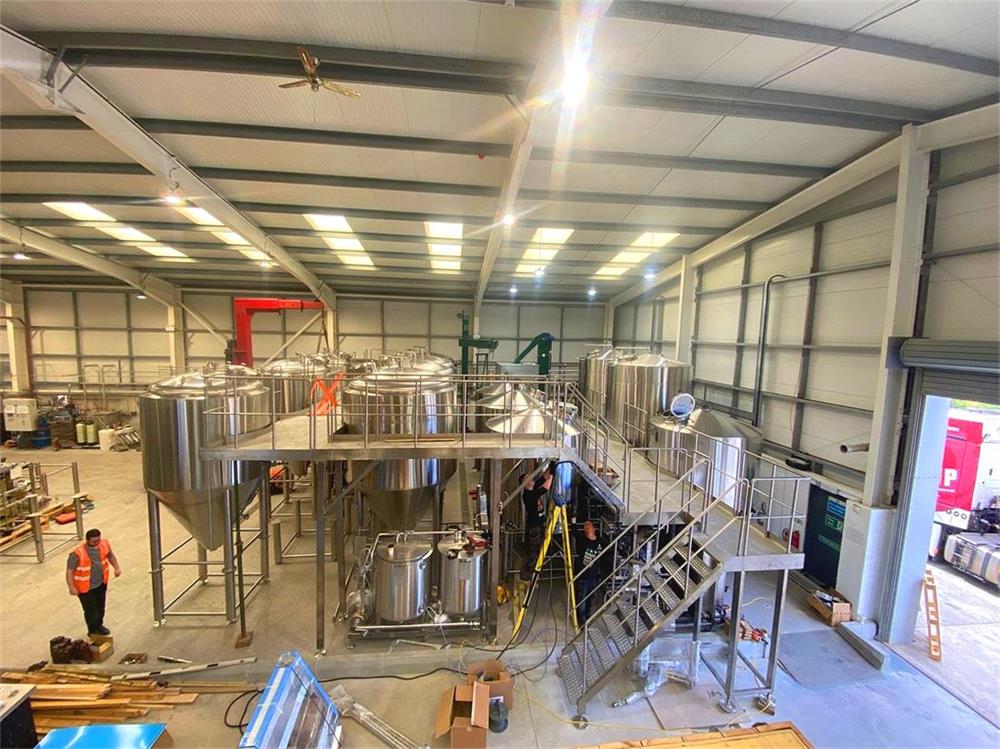
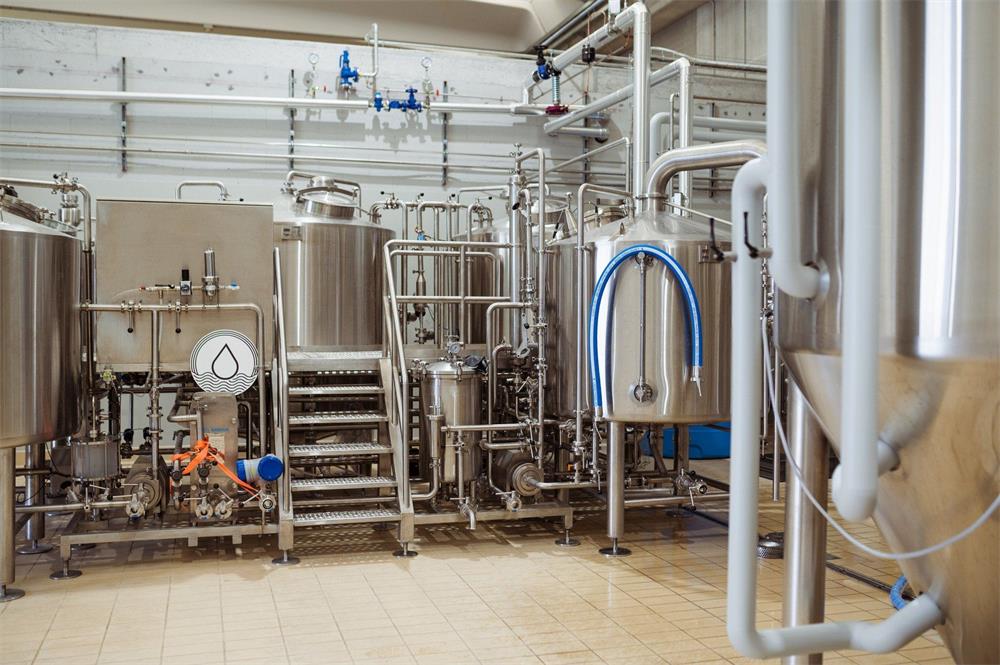
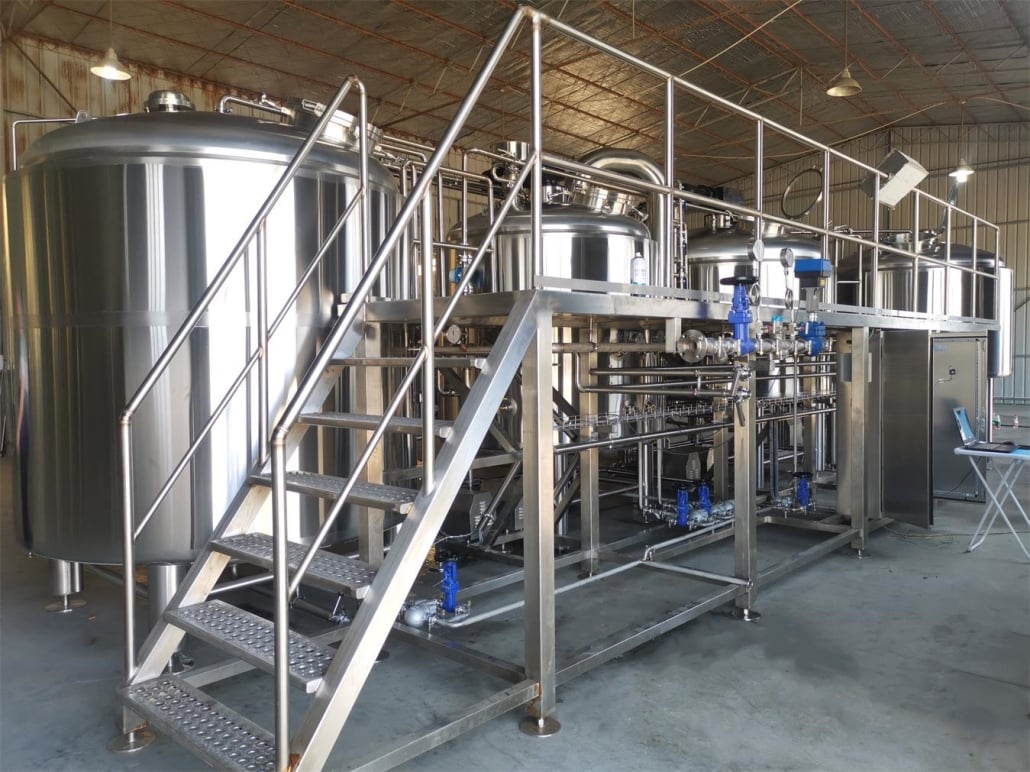
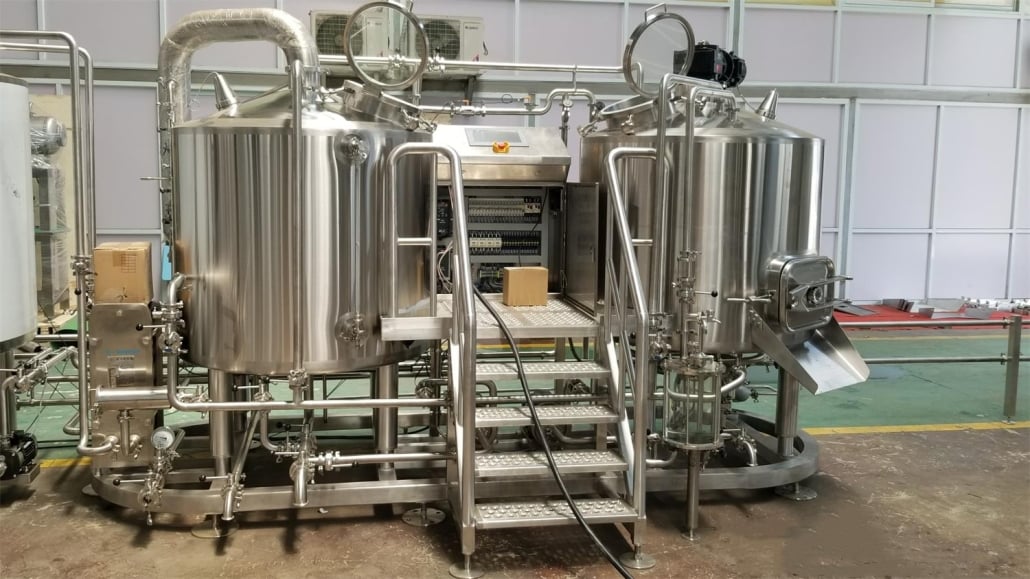
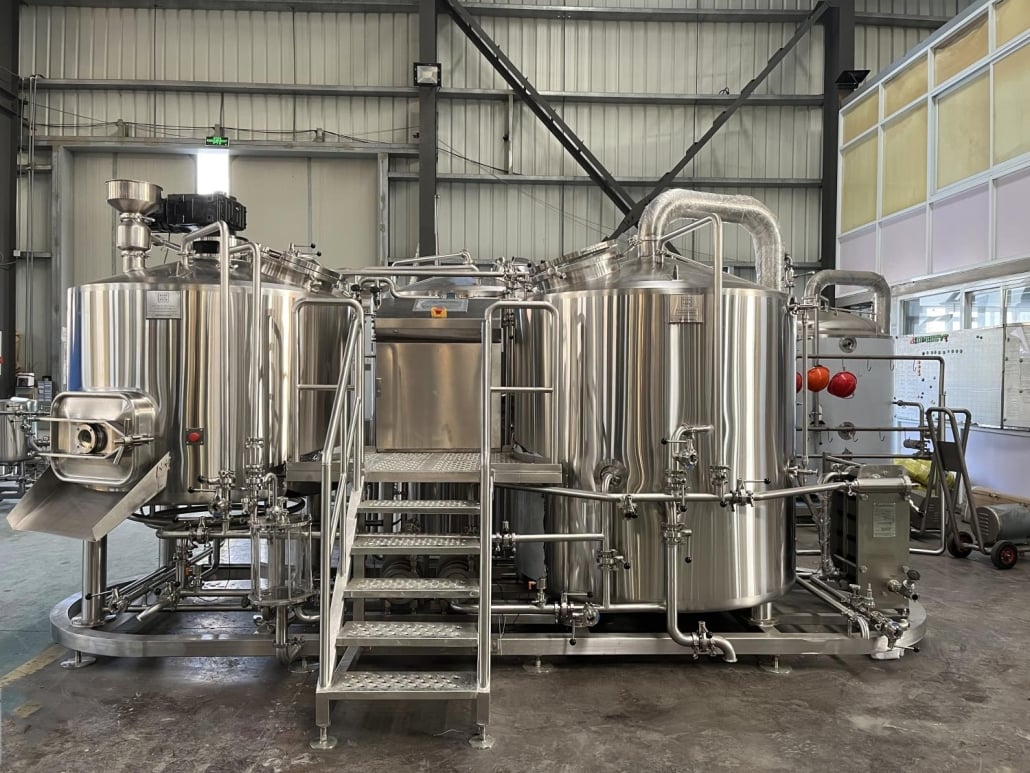
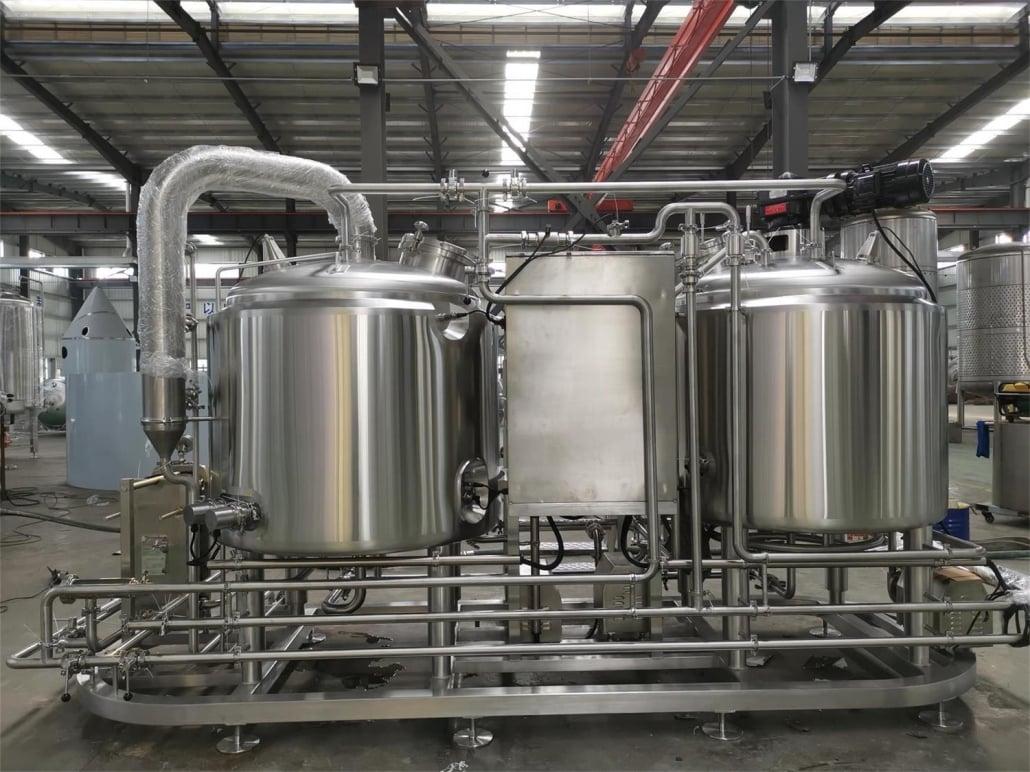
Ideal Applications: Homebrewing vs. Commercial Use
So, who uses stainless steel brewing tanks, and how do the needs differ between a weekend warrior brewing in their garage and a full-blown microbrewery?
Homebrewing: For hobbyists, smaller tanks ranging from 5 to 15 gallons are common. Compact all-in-one brewing systems have grown in popularity, often incorporating multiple stages into one vessel. Stainless steel is preferred for its ease of maintenance and durability, even at this scale.
Commercial Brewing: Now, this is a whole different ball game. Breweries need tanks ranging from 3 barrels (93 gallons) to 100+ barrels (3,100+ gallons). Commercial setups often include automated controls, glycol cooling jackets, and specialized cleaning systems. Efficiency and scale are everything here.
Whether you’re brewing a five-gallon IPA or producing 10,000 pints a day, stainless steel scales with you—that’s its beauty.
How to Choose the Right Brewing Tank
Choosing the right tank isn’t just about how much beer you want to brew. It’s a matrix of considerations: budget, space, scalability, and the kind of beer you aim to produce.
Capacity: Always consider your output goals. Brewing small batches? Go for a 5-15 gallon setup. Launching a craft brewery? Start around 3-10 barrels and scale up.
Tank Features: Want temperature control? Look for glycol jackets. Need easy cleaning? Get CIP-ready tanks. Planning to brew high-ABV beers? Make sure the tank can handle the pressure.
Footprint: Consider your space. Vertical tanks save room but may be harder to access. Horizontal tanks are easier to clean but need more square footage.
Budget: A good stainless steel tank can range from a few hundred bucks for home setups to tens of thousands for commercial-grade equipment.
Here’s a handy comparison:
| Feature | Homebrewing Setup | Commercial Setup |
|---|---|---|
| Capacity | 5-15 gallons | 3-100+ barrels |
| Cost Range | $200-$2,000 | $10,000-$200,000+ |
| Space Needs | Minimal | Large floor space with ventilation |
| Key Features | Manual control, basic valves | Automation, cooling jackets, CIP systems |
Maintenance Tips for Stainless Steel Brewing Tanks
Wanna keep your tank shining and your beer tasting top-notch? Then maintenance isn’t optional.
Clean After Every Use: Rinse out grain debris, scrub internal surfaces with a non-abrasive brush, and use brewery-approved sanitizers.
Use the Right Cleaners: Stay away from bleach and other harsh chemicals that can pit the steel. Opt for PBW (Powdered Brewery Wash) or caustic soda solutions.
Inspect Seals and Valves: Gaskets can degrade over time. Check for leaks and replace worn parts to prevent contamination.
Polish Exterior: Not necessary for function, but keeping your tanks looking sharp can boost your brewery’s visual appeal—especially if customers can see them.
CIP Systems: If your tank supports clean-in-place, use it! It’s a lifesaver, especially for large commercial setups.
A well-maintained tank can easily last 20+ years. That’s a legacy in brewing terms.
Cost Considerations and ROI
Let’s talk dollars and sense. Are stainless steel brewing tanks worth the investment? Spoiler: yes, but let’s break it down.
Initial Investment: Stainless steel isn’t cheap. A small fermenter might cost $300, while a commercial fermenter could hit $30,000 or more.
Longevity: These tanks last decades with proper care, meaning they pay for themselves over time. Compared to plastic or glass, which degrade faster and risk contamination, stainless steel is a financial no-brainer.
Resale Value: High-quality stainless equipment retains good resale value. So if you outgrow your setup, you can recoup some costs.
Operational Savings: Stainless tanks allow better temperature control, reduced contamination risk, and faster turnaround, all of which contribute to higher efficiency and profits.
ROI Table Based on Tank Size and Brew Volume
| Tank Size | Avg. Batch Volume | Cost | Lifespan | ROI Timeline (Avg. Brewpub) |
|---|---|---|---|---|
| 5 Gallons | 48 pints | $300 | 10+ years | 1-2 years |
| 3 BBL | ~93 gallons | $12,000 | 15-20 years | 1-3 years |
| 10 BBL | ~310 gallons | $25,000 | 20+ years | 1-2 years |
| 30 BBL+ | ~930 gallons | $60,000+ | 20+ years | 1 year or less |
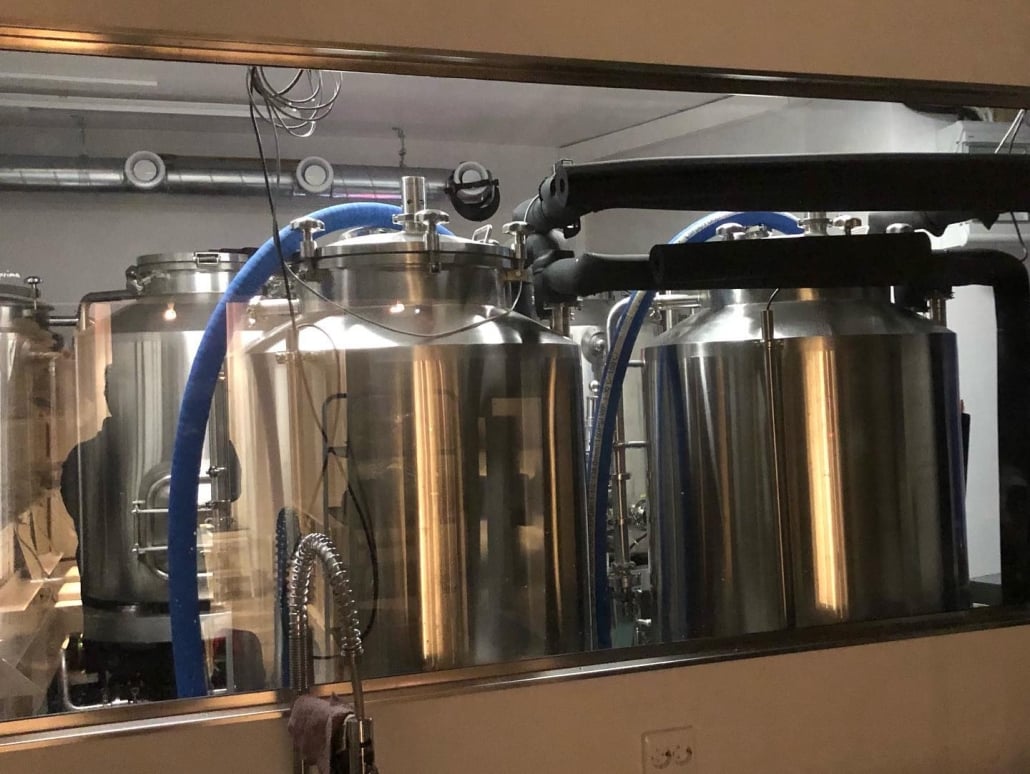
FAQ
| Question | Answer |
|---|---|
| What grade of stainless steel is best? | 304 is standard; 316 offers higher corrosion resistance but is more expensive. |
| How long do stainless steel tanks last? | With good care, 15 to 30 years is normal. Some last even longer. |
| Can I brew sour beers in stainless steel? | Yes, but be cautious. Consider dedicated tanks or thorough cleaning to avoid cross-contamination. |
| Do I need a jacketed tank? | Only if precise temperature control is needed, typically in commercial setups. |
| Can I upgrade from plastic to stainless easily? | Usually yes, but check space, connections, and cooling capacity. |

